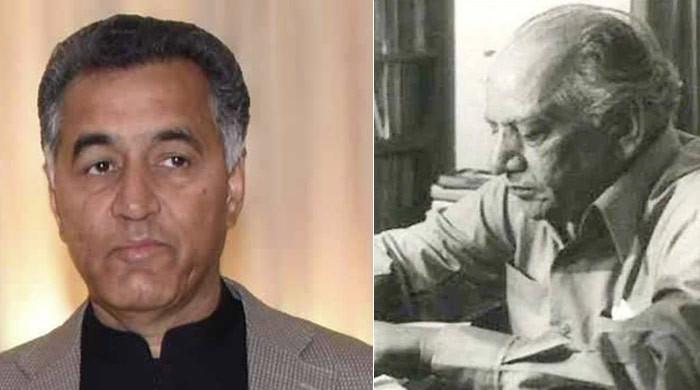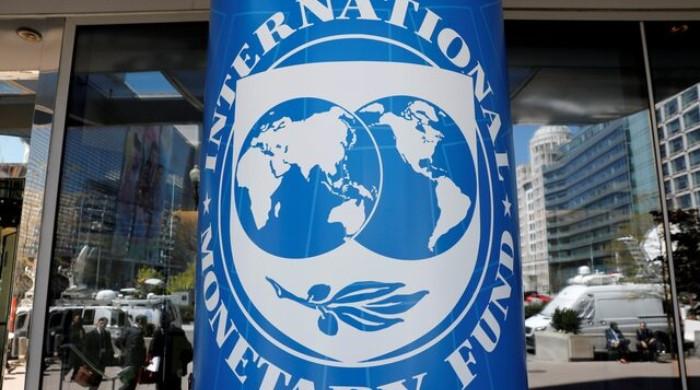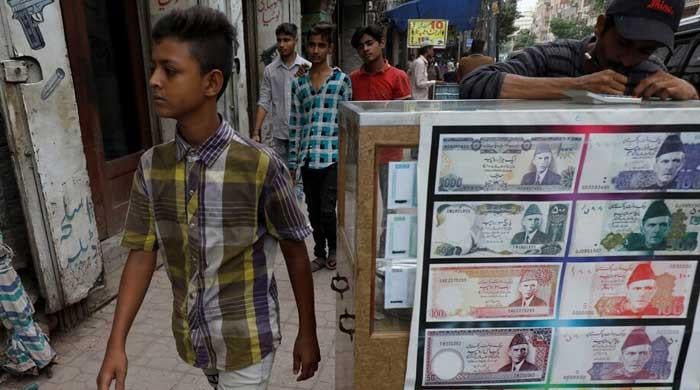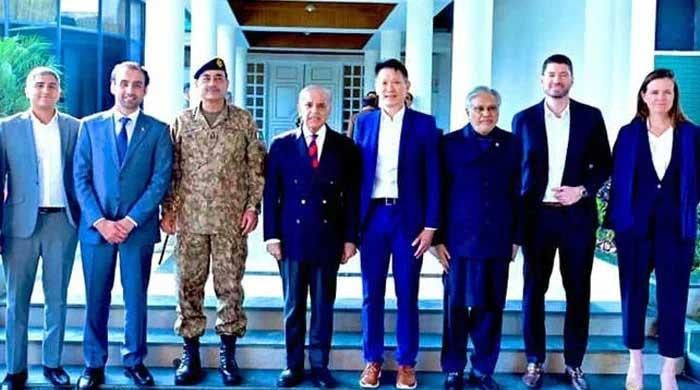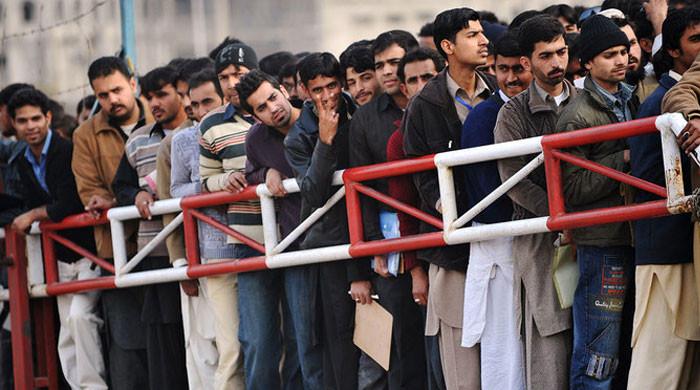The performance of the power sector is not up to the mark, here is why
NEPRA’s 254-page SOI report has provided a bird’s eye view of the power sector
October 09, 2021
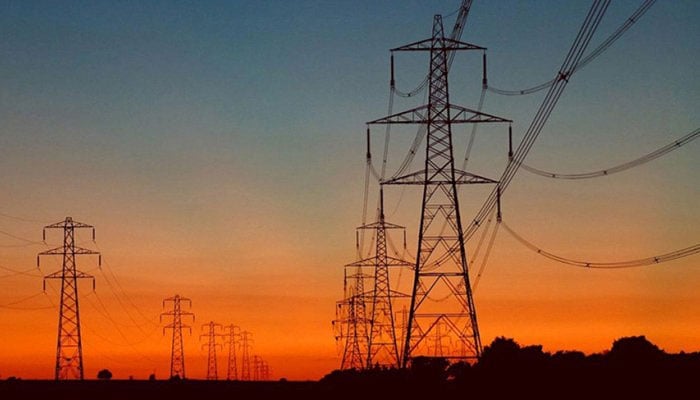
The National Electric Power Regulatory Authority (Nepra) recently released its annual state of industry (SOI) report. This publication is an authentic source of data and information, and a must-read for all stakeholders according to their needs and interest. The 254-page SOI report has provided a bird’s eye view of the power sector. It talks about at least 140 major cases, indicating that Nepra has been quite busy during the outgoing year. It has highlighted a lot of the critical issues faced by the power sector, which can be seen as the timely recognition of those issues.
It is true that Nepra may not have discretion over how these issues should be resolved; most of them don’t even come under its domain. It is also not clear to what extent Nepra intends to take action in the areas which come under its domain.
According to the official figures mentioned in the report, the total installed generation capacity of the country reached 39,772MW by June 30, 2021 (dependable generation capacity was 37,271MW), showing an increase of 1,053MW over the previous year. Out of this, the generation capacity of public sector power plants is 20,820MW, and private sector power plants, including KE’s, made up the rest. Also, out of this total capacity, 25,098MW is thermal.
Total electric generation in country
The total electric generation in the country in the outgoing period (2020-21) stood at 143,090.64 GWh — including KE’s, an increase of 9363.44 GWh over the previous year. This represents a 7% increase in the generation capacity, which is good news. It appears that there is economic growth despite all kinds of problems such as COVID-19, rising inflation, etc. The main problem is a lack of adequate capacity utilisation which is one of the major causes of circular debt as well.
The SOI report has pointed out the following issues among others: the overload of renewable energy on tariff; undercapacity utilisation, loadshedding, and circular debt; deviation from the economic merit order and leakage within IPPs (independent power producers); independence of CPPA-system operators; tariff reforms eliminating front loading and indexation; the implementation of the CTBCM market mechanism and the transfer of PPAs; the impact of transmission discontinuities on power supply; bad performance of DISCOs; KE loadshedding, uneconomic generation and integration with the NTDC system; high losses and receivables of DISCOs; and privatisation and unbundling of DISCOs
Gap between installed capacity and its actual utilisation
It is widely known, and also indicated by the report, that there is a large gap between the installed capacity and its actual utilisation. On one side, there is underutilisation, and on the other, there is loadshedding as well. There are several reasons for this. One is that loadshedding is intentional for those consumers/grids where there is high electricity theft. It is better to discontinue power supply than not receiving any revenue. It is understandable. The report points out bad operation and management practices of DISCOs and transmission congestion.
There are areas where there is high demand, and DISCOs do have the required power to meet the demand, but their transmission capacity is not enough. Some steps have to be taken to discourage this. Some penalty and punitive measures ought to be there. In Europe, consumers are compensated for such inconvenience and losses. The National Transmission Despatch Company’s (NTDC’s) poor project planning and implementation and DISCOs’ poor operation and management practices are to be blamed. The report has avoided discussion on circular debt and the possible remedies that may be taken or what Nepra intends to do in this respect.
The number of consumers has increased (which is a normal phenomenon) to 43.754 million, out of which the KE has 3.185 million consumers. Sales in terms of the GWh growth rate, including KE’s, have grown to an all-time high of 8.15% from 7.77% last year. The industrial sector’s growth rate has been even higher at 16.53 percent, which is a good omen for economic growth.
Unsatisfactory performance of DISCOs
The unsatisfactory performance of DISCOs is often discussed. These power companies’ performance has been going down measured in whatever terms: bad service, theft and technical losses. Nepra has been giving targets for receivables collection and reduction in transmission and distribution losses for a long time now. Except marginal improvement in some DISCOs (which might as well be a measurement error), no improvement has been achieved. The aggregate transmission and distribution losses of DISCOs are stuck at 17.95%.
If one adds transmission losses of 2.78%, it totals to 20.73% — international averages are under 5%. For complacency reasons, one may cite that India’s corresponding figures are even higher than that of Pakistan’s. This figure hides consistent poor performers like Pesco (38.18% losses), Hesco (38.5%), Sepsco (35.27%), and Qesco (27.9%).
However, there are companies like Iesco and Fesco which reported losses at 8.54% and 9.28% respectively. KE losses have been going down continuously over the last seven years – from 20.9% to 15.36%. The monetary value of these losses is Rs91.5 billion. Receivables have increased from Rs1,375 billion (2019-20) to Rs1,495 billion(2020-21). However, recovery ratio has been improved – from 88.77% to 97.3% which is better than the KE’s corresponding figures of recovery – 94.87%.
The report appears to be unhappy about the two systems within the country — the separate system of the KE. The generation cost of the KE is higher than elsewhere in the country. While there is generation surplus in the country, there is deficit in the KE due to a variety of reasons. CPPA-G has been providing 600MW to the KE to meet its deficit (which is between 400 and 500MW) despite supplies from CPPAG. More can be provided if the KE improves its interconnection. Reportedly, the KE goes slow on it so that it is able to install its own generation.
It has, however, not been able to install its own generation. It has less than 50 percent of the generation capacity that is required, which mostly consists of inefficient power plants. Unfortunately, there is an LNG crisis now that the KE is about to complete the installation of 500MW LNG-based combine cycle power plants. Ironically, there are projections for the possible closure of RLNG- and CCPP-based plants as projected by the IGCEP. The KE has been in management flux almost throughout its post-privatisation period. The long-term solution is to separate generation, transmission and distribution function as has been provided in the initial sales agreement. And this would better be done before re-privatisation is done by a powerful Chinese company.
It was expected that DISCOs would achieve the targets and avoid financial losses that accrue due to Nepra targets. It only caused deterioration in companies’ financial situation, preventing capex in facilities improvement. The report suggests some long-term measures like unbundling, privatisation and dividing large DISCOs into smaller ones as has been discussed over the years. The government is supposed to take steps in this direction. Several approaches to privatisation have been discussed.
The latest one is management contracts which may not involve financial and asset transfers involving NAB-type issues. Unbundling is a CTBCM market mechanism requirement. DISCOs can be divided through administrative orders which might perhaps be the easiest step. There has been a sense of trepidation and consequences under all options, reforms and actions. There are political and trade union issues as well.
A smart meter scheme has been pending for a long time now due to bad project design and capital intensity. To have full coverage, an investment of $7 billion and the time frame of five and seven years may be required which may not be implementable. The project design focuses on the companies which have losses and ignores the DISCOs which have high losses. Under alternative design, one could install smart metres on distribution transformers which could help identify high loss areas and thus would help prioritise administrative action. Smart metres at distribution transformers may perform extra DT monitoring and control activities. The KE has adopted this system and has benefitted from it. Reportedly, the lender-vendor combination is allegedly blocking new approaches.
We would like to propose here that Nepra considers introducing Ogra approach in unaccounted for gas (UFG) losses reduction. Ogra has developed and implemented an incentive system which rewards improvements while the existing Nepra system is a punitive negative system. Good results have been obtained on the application of this scheme by Ogra. At least one gas company has been able to achieve significant UFG loss reduction. Nepra may do well by studying and introducing the likes of the Ogra system in DISCOs.
The writer is a former member of the Energy Planning Commission and author of ‘Pakistan’s Energy Issues: Success and Challenges’.
Email: [email protected]
Originally published in The News




